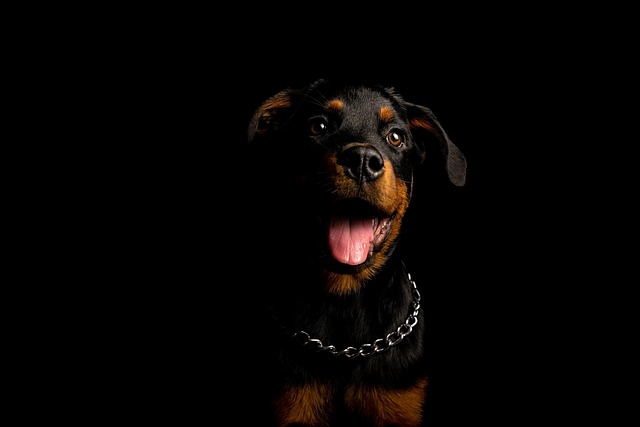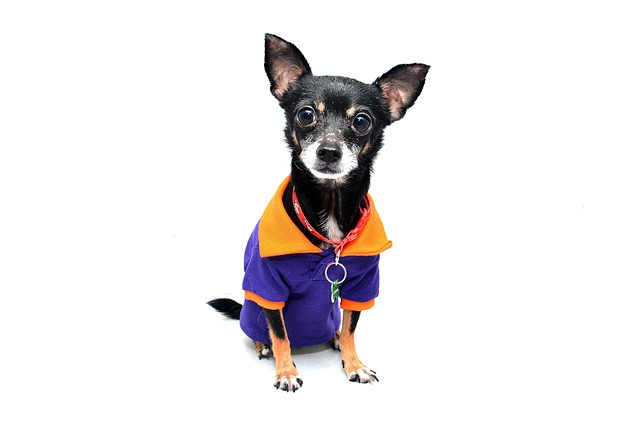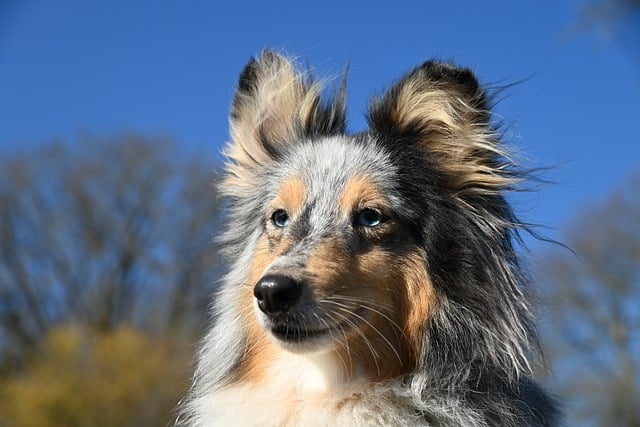
How do you stop excessive hair loss in dogs?
Finding clumps of your dog’s fur on the couch or stuck to your clothes isn’t always normal—if it’s more than the usual seasonal shed, it’s time to act.
Many new Corgi owners stare at their puppy’s droopy ears and wonder if they’re truly purebred—you’re not alone in that worry. The short answer is yes, purebred Corgis can absolutely have floppy ears, and it doesn’t mean they’re mixed or “less pure.” A lot of it comes down to genetics; some purebred lines carry a recessive gene that keeps ears from standing upright, even in healthy dogs. You might also notice floppy ears in young puppies—most Corgi pups’ ears start floppy and take 3 to 6 months to stand, but a few never do, and that’s totally normal.
Don’t rush to panic if your 4-month-old purebred Corgi still has floppy ears. Every dog develops at its own pace, and forcing ears to stand with tapes or clips can hurt their delicate ear canals. Worse, some regions ban practices like taping or clipping ears to force them upright, since it’s seen as unnecessary and potentially harmful to the dog’s welfare. These rules are in place to protect pets, so always check local guidelines before trying any ear-shaping tricks—your Corgi’s comfort matters more than a “standard” look.
 Floppy ears on purebred Corgis can also mean extra care to keep them healthy. Unlike upright ears that let air circulate easily, floppy ones trap moisture and dirt, making ear infections more likely. Get into the habit of wiping your Corgi’s ears gently once a week with a vet-recommended cleaner. It’s a small step, but it prevents painful infections and keeps your pup happy. If you notice redness, a bad smell, or your Corgi scratching at their ears a lot, don’t wait—visit a vet right away; early care avoids bigger issues.
Floppy ears on purebred Corgis can also mean extra care to keep them healthy. Unlike upright ears that let air circulate easily, floppy ones trap moisture and dirt, making ear infections more likely. Get into the habit of wiping your Corgi’s ears gently once a week with a vet-recommended cleaner. It’s a small step, but it prevents painful infections and keeps your pup happy. If you notice redness, a bad smell, or your Corgi scratching at their ears a lot, don’t wait—visit a vet right away; early care avoids bigger issues.
Some people assume floppy ears mean a Corgi isn’t purebred, but that’s a myth. Breed standards often mention “erect ears” as ideal, but they don’t disqualify purebreds with floppy ones. What matters most is your dog’s overall health, temperament, and the bond you share. In many 欧美 regions, focusing on a pet’s well-being over strict “show looks” is a big part of responsible dog ownership. So if your purebred Corgi has floppy ears, embrace it—those soft, droopy ears are just another part of their unique charm.
At the end of the day, your Corgi’s ears—floppy or upright—don’t change how much love they’ll give you. Whether they’re perky or droopy, a purebred Corgi is still the same loyal, playful companion you fell for. Just stay on top of their ear care, follow local pet regulations, and enjoy every moment with your floppy-eared (or upright-eared) friend. They’re perfect just the way they are.

Finding clumps of your dog’s fur on the couch or stuck to your clothes isn’t always normal—if it’s more than the usual seasonal shed, it’s time to act.

If you’re a new dog parent in the US—maybe you’re sitting on your Philadelphia apartment couch, gently holding your 9-month-old Shih Tzu

A smelly dog can turn your cozy evening on the couch into an unpleasant experience, but rushing to the tub too often might do more harm than good.

Run your hands along your German Shepherd’s sides—if you can feel their ribs, spine, or hip bones easily without pressing hard, that’s a common sign they’re too skinny.

You fill your German Shepherd’s bowl twice a day, watch them clean it in minutes, but still notice their ribs peeking through their coat—and it’s hard not to worry.

Many new Corgi owners stare at their puppy’s droopy ears and wonder if they’re truly purebred—you’re not alone in that worry.